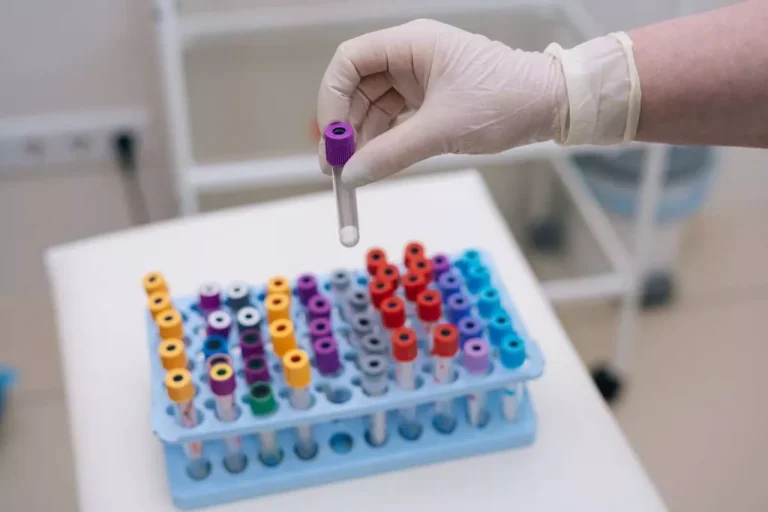Alcoholic Ketoacidosis: Warning Signs and Treatments

Alcohol dehydrogenase (ADH), a cytosolic enzyme, metabolizes alcohol to acetaldehyde in hepatocytes. Acetaldehyde is metabolized further to acetic acid by aldehyde dehydrogenase. Both steps require the reduction of nicotinamide adenine dinucleotide (NAD+) to reduced nicotinamide adenine dinucleotide (NADH). It can be helpful to understand the basic guidelines for alcohol consumption so you can determine whether you are drinking above recommended levels and engaging in potentially harmful alcohol use. How severe the alcohol use is, and the presence of liver disease or other problems, may also affect the outlook. Treatment may involve fluids (salt and sugar solution) given through a vein.
Evaluation and management of the critically ill adult with diabetic ketoacidosis
- These agents are rarely used for the management of severe metabolic acidosis.
- The pathophysiology of alcoholic ketoacidosis is complex, involving the excessive production of ketones, which, along with dextrose administration, can impact blood pH levels.
- The test is free, confidential, and no personal information is needed to receive the result.
- Take our free, 5-minute alcohol abuse self-assessment below if you think you or someone you love might be struggling with alcohol abuse.
- If you can’t eat for a day or more, your liver will use up its stored-up glucose, which is a type of sugar.
- In addition, AKA is often precipitated by another medical illness such as infection or pancreatitis.
The studies have major flaws, there is important variations between studies, of the confidence interval of the summary estimate is very wide. We consider that the true effect is likely to be close to the estimate of the effect, but there is a possibility that it is substantially different. There are only a few studies and some have limitations but not major flaws, there are some variations between studies, or the confidence interval of the summary estimate is wide. We are highly confident that the true effect lies close to that of the estimate of the effect. There is a wide range of studies included in the analyses with no major limitations, there is little variation between studies, and the summary estimate has a narrow confidence interval. The metabolism of alcohol itself is a probable contributor to the ketotic state.
Exams and Tests
Emergency Care BC is not liable for any damages, claims, liabilities, costs or obligations arising from the use of this document including loss or damages arising from any claims made by a third party. Emergency Care BC also assumes no responsibility or liability for changes made to this document without its consent. If you or someone else has symptoms of alcoholic ketoacidosis, seek emergency medical help. Conversely, when ketoacidosis is identified, but its origin is unrelated to alcohol, medical professionals may explore other diagnostic possibilities. This may involve conducting tests to rule out conditions such as starvation ketosis. A requirement for any medications other than D5 NS and thiamine are uncommon.

Clinical Bottom Line

Restoration of volume status and correction of the acidosis may be difficult to accomplish in the emergency department (ED). Dehydration and volume constriction directly decrease the ability of the kidneys to excrete ketoacids. Profound dehydration can culminate in circulatory collapse and/or lactic acidosis.

The test is free, confidential, and no personal information is needed to receive the result. This drop in blood sugar causes your body to decrease the amount of insulin it produces. If they can’t use glucose because there’s not enough insulin, your body switches to another method to get energy — breaking down fat cells. These agents are rarely used alcohol ketosis dangerous for the management of severe metabolic acidosis. Upon discharge from the hospital, your doctor may recommend connecting you with resources and support to aid in your recovery from alcohol use disorder. This could include referrals to counseling, therapy, or rehabilitation programs, providing you with a structured path toward sustained sobriety.
- In general, exogenous insulin is contraindicated in the treatment of AKA, because it may cause life-threatening hypoglycemia in patients with depleted glycogen stores.
- Typical characteristics of the latter may include rhinophyma, tremulousness, hepatosplenomegaly, peripheral neuropathy, gynecomastia, testicular atrophy, and palmar erythema.
- Additionally, they may evaluate blood glucose levels, as well as assess for metabolic acidosis by checking factors such as anion gap and bicarbonate levels.
- Ketones are a type of acid that form when the body breaks down fat for energy.
Posterior Reversible Encephalopathy Syndrome: A Narrative Review for Emergency Clinicians
If you chronically abuse alcohol, you probably don’t get as much nutrition as your body needs. Going on a drinking binge when your body is in a malnourished state may cause abdominal pain, nausea, or vomiting. Infection or other illnesses such as pancreatitis can also trigger alcoholic ketoacidosis in people with alcohol use disorder. Triglycerides stored in adipose tissue undergo lipolysis and are released into the circulation as free fatty acids bound ionically to albumin.

Alcoholic ketoacidosis: clinical and laboratory presentation, pathophysiology and treatment
Pathogenetic mechanisms of hypomagnesemia in alcoholic patients

